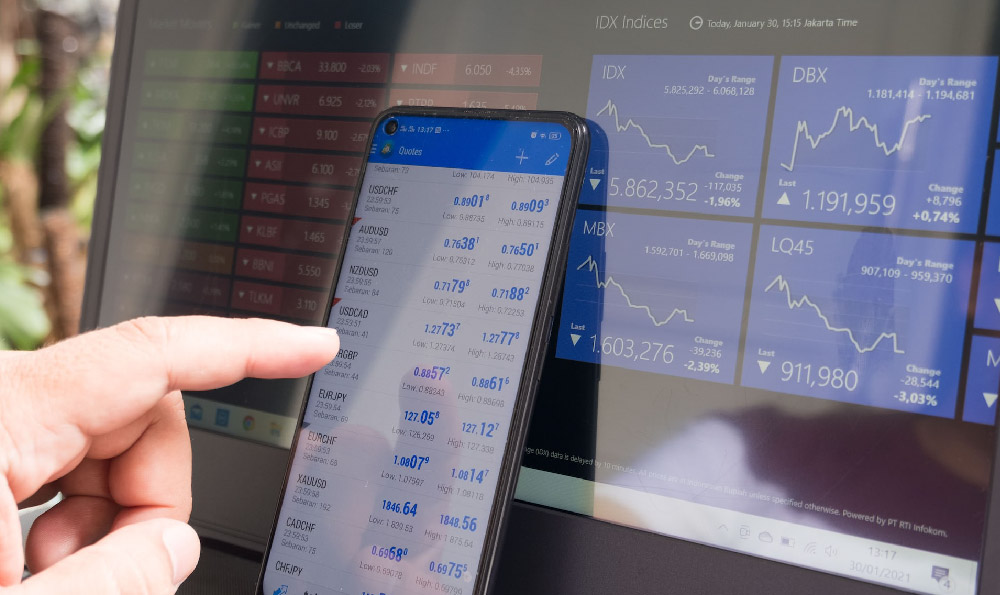Alright, let's delve into the world of YouTube's highest earners, not just by listing names and figures, but by dissecting the factors that contribute to their success and the broader implications for the digital economy. Understanding how these individuals achieve such astronomical incomes can offer valuable insights for aspiring creators, marketers, and anyone interested in the evolving landscape of online content creation.
The names often cited at the top – MrBeast, Ryan Kaji (Ryan's World), Jake Paul, Markiplier, Rhett & Link – are more than just faces on a screen; they represent sophisticated media operations. Their earnings, frequently exceeding tens of millions of dollars annually, aren't solely derived from YouTube ad revenue, although that remains a significant component. To fully comprehend their financial dominance, one must consider the diverse revenue streams they've cultivated.
Advertising revenue, generated through YouTube's Partner Program, is a foundational element. The amount earned per thousand views (CPM or Cost Per Mille) varies greatly depending on factors such as audience demographics, content type, advertiser demand, and geographic location. Channels targeting demographics with higher disposable income, like finance or luxury goods, typically command higher CPMs. However, ad revenue is becoming less reliable as YouTube diversifies its ad formats and viewers increasingly adopt ad blockers. Therefore, relying solely on ad revenue is a precarious strategy for long-term sustainability.

Merchandise sales represent a far more stable and potentially lucrative income stream. MrBeast, for instance, has built a vast empire around his branded merchandise, including clothing, accessories, and even his own fast-food chain, MrBeast Burger. Ryan Kaji's Ryan's World is heavily reliant on the sale of toys, clothing, and other products featuring his likeness and characters from his videos. These merchandise lines often benefit from strong brand recognition, direct access to a loyal audience, and higher profit margins compared to ad revenue. The key here is to create products that resonate with the audience, are of good quality, and are effectively marketed.
Sponsorships and brand deals are another crucial piece of the puzzle. Companies are eager to partner with popular YouTubers who can reach large, engaged audiences. These collaborations can take many forms, including product placements, sponsored videos, and affiliate marketing. The value of a sponsorship depends on the YouTuber's influence, the target audience, and the scope of the campaign. It's crucial for YouTubers to choose sponsorships carefully, aligning with their brand and audience values to maintain trust and credibility. Failing to disclose sponsorships transparently can damage their reputation and lead to legal repercussions.
Beyond these core revenue streams, successful YouTubers often diversify their income through other ventures. Some, like Jake Paul, have ventured into boxing, leveraging their YouTube platform to promote fights and generate pay-per-view revenue. Others, such as Markiplier, have expanded into podcasting, creating a new avenue for content delivery and audience engagement. Investments in real estate, stocks, or other businesses can also provide a long-term source of financial security.
The high earnings of these YouTubers also highlight the evolving nature of entertainment and the creator economy. Traditional media gatekeepers are losing their grip as individuals can now build massive audiences and generate substantial income directly through online platforms. This democratization of content creation has empowered individuals from diverse backgrounds to share their talents and passions with the world. However, it also necessitates a greater understanding of business management, marketing, and legal compliance.
Moreover, the success of these YouTubers reveals the importance of audience engagement. It's not enough to simply create high-quality videos; one must also actively interact with their audience, respond to comments, build a community, and foster a sense of loyalty. Regular content uploads, consistent branding, and a genuine connection with viewers are essential for long-term growth. This also means understanding audience analytics, identifying trends, and adapting content strategies accordingly. The ability to analyze data and make informed decisions is crucial for navigating the ever-changing landscape of YouTube.
Finally, it's important to acknowledge that the earnings of these top YouTubers represent a small fraction of the overall creator ecosystem. While they serve as aspirational figures, the vast majority of YouTubers struggle to make a living from their content. The competition for views and subscribers is fierce, and the algorithm changes frequently. Success requires hard work, dedication, and a willingness to adapt. Furthermore, the pressure to constantly produce content can take a toll on mental health, highlighting the importance of maintaining a healthy work-life balance.
In conclusion, the highest-paid YouTubers are not simply lucky individuals; they are savvy entrepreneurs who have built sophisticated media operations. Their earnings are derived from a diverse range of revenue streams, including advertising, merchandise sales, sponsorships, and other ventures. Their success highlights the evolving nature of entertainment, the democratization of content creation, and the importance of audience engagement. While their earnings are impressive, it's crucial to recognize the challenges and complexities of building a successful YouTube channel and the importance of financial diversification and responsible content creation. The path to YouTube stardom is paved with hard work, dedication, and a keen understanding of the digital landscape.












